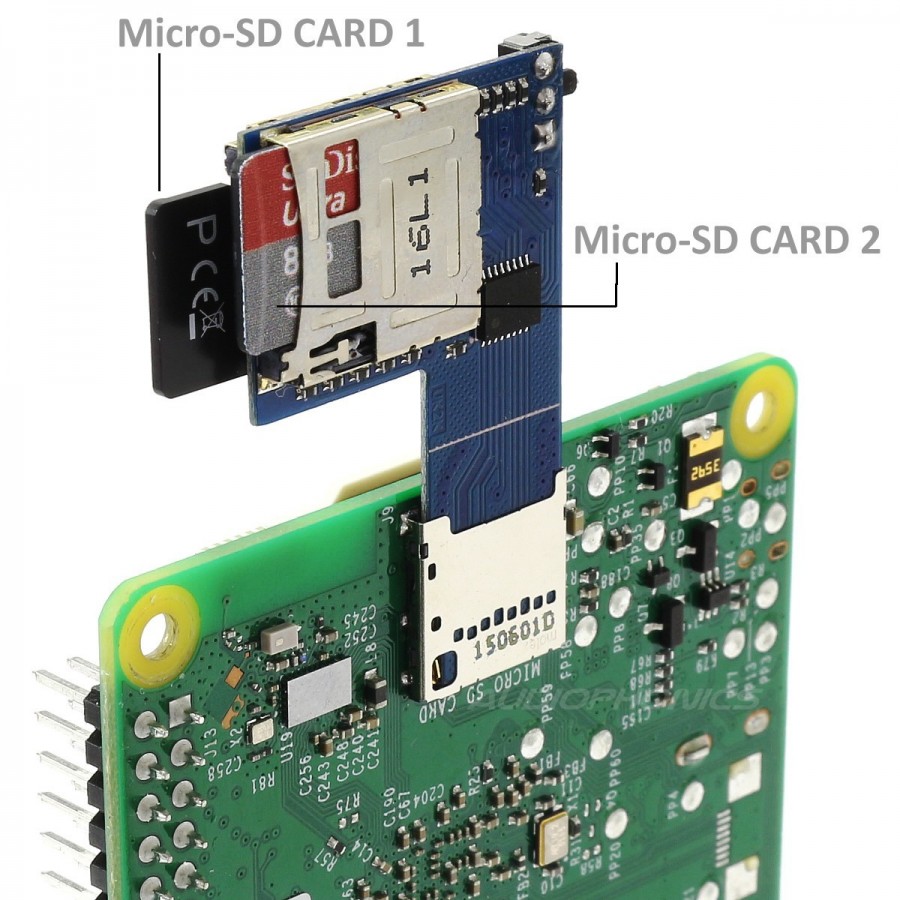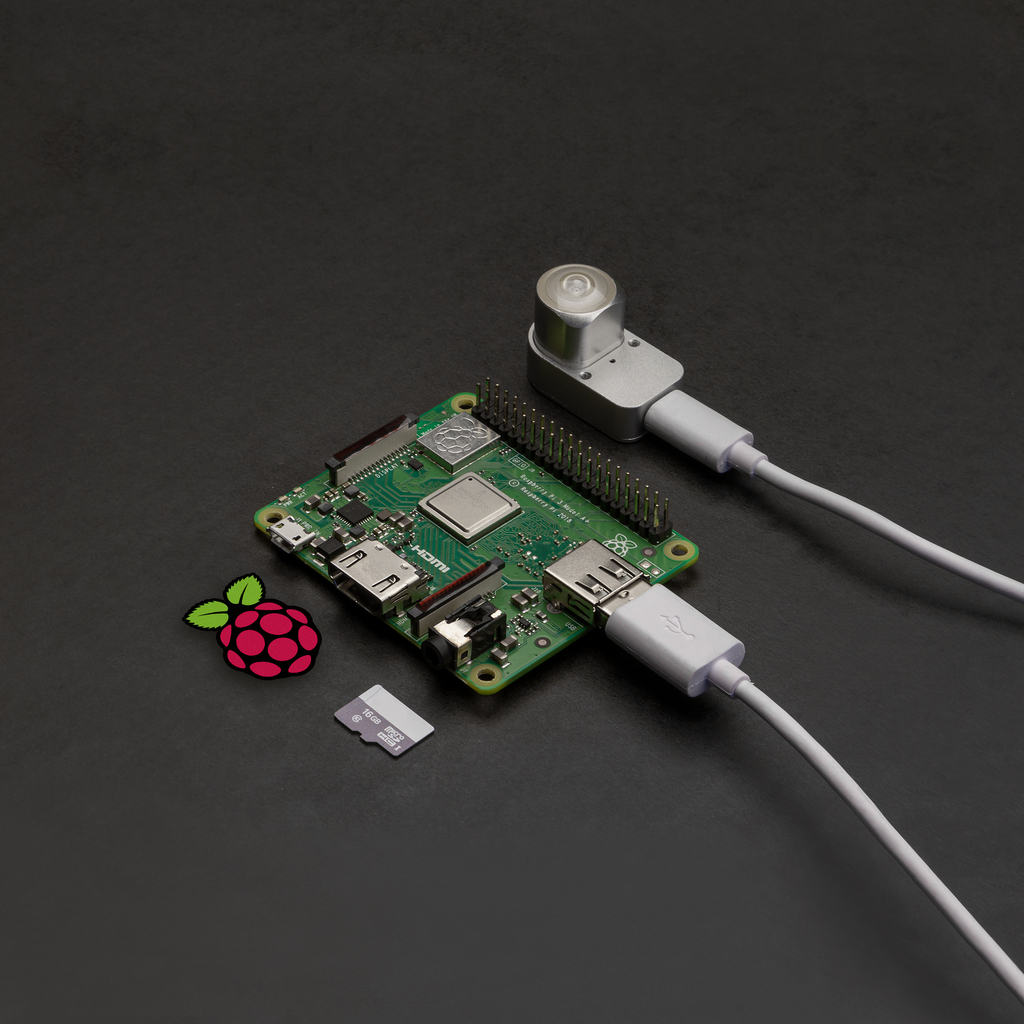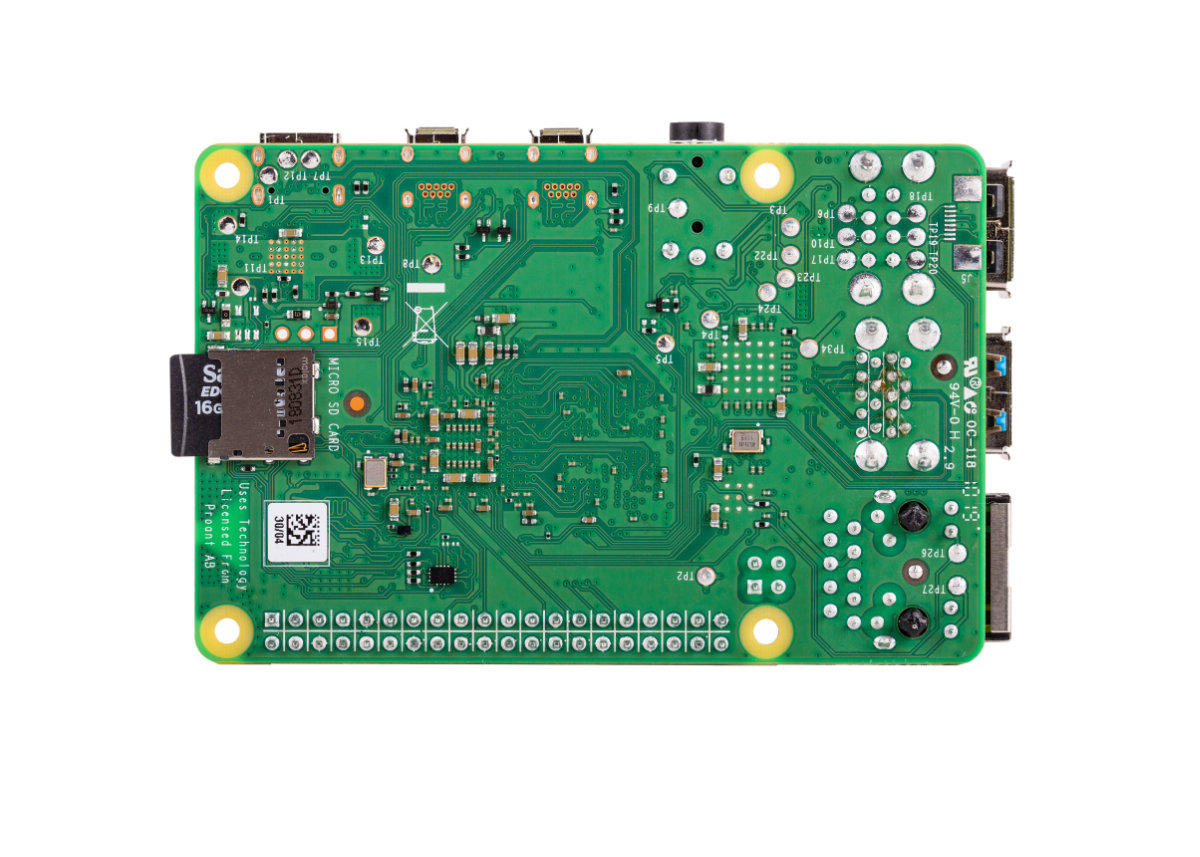Raspberry Pi: SD Card Guide & Tips - Discover More!
Are you wrestling with the ever-present question of storage capacity on your Raspberry Pi? Understanding and managing your SD card's disk usage is fundamental to a smooth and efficient Raspberry Pi experience. From basic setups to complex projects, optimizing your storage can save you headaches and unlock your device's full potential.
If you're venturing into the world of Raspberry Pi OS (formerly Raspbian), the first step to mastering your storage is often the simplest: opening a new terminal. From there, the path to understanding your disk usage unfolds with a few key commands. Running the right commands will quickly unveil the secrets of your SD card, letting you see exactly how space is being allocated.
Both the graphical user interface (GUI) and the command line offer convenient methods for gaining a quick overview of your storage usage, or for delving into detailed breakdowns of how space is being utilized across various directories on your Raspberry Pi. The ability to monitor and interpret these figures is crucial for keeping your Raspberry Pi running efficiently. One can always consider expanding storage options by integrating USB drives or upgrading to a micro SD card with increased capacity. The journey of a thousand projects begins with the ability to read the signs your storage space is giving you. It is like having a treasure map to hidden areas.
- Movierulz Free Movie Streaming Is It Legal A 2024 Guide
- Mehdi Hasans Wife Career Family Personal Life Revealed
If youve just unboxed your new Raspberry Pi, there is much to be excited about, from the initial boot-up to the exploration of its capabilities. As with any piece of technology, there is an inherent need to manage its resources and optimize its use, especially the storage space provided by the SD card. Understanding how to effectively manage this storage can significantly impact your overall experience.
Should you find yourself already in the midst of a project and have booted your Raspberry Pi, there are even ways to get a detailed view of the storage available on your SD card. By running specific commands in the terminal, you can access configuration options and view the size of the storage. These commands reveal details about each partition on your SD card, providing a granular understanding of storage allocation. However, if you find yourself disappointed by a limited suite of tools, know that the path to optimization and expansion is always open. If one wants to test the performance of an SD card, a simple speed test can often suffice, but more advanced users might require tools that give comprehensive analysis.
When contemplating the ideal SD card for a Raspberry Pi 3 Model B, the size of the card often comes into play, with users wanting to harness the largest micro SD card possible. The hunt for an open-source, free utility that can handle 64GB or even 128GB micro SD cards is an often-pursued endeavor, to meet the demands of various projects. For the most comprehensive OS installations, a 32GB SD card is often recommended, while those using Raspberry Pi OS Lite can often get by with a 16GB card. However, users can always use any SD card with a capacity of less than 2TB. Remember that capacities above 2TB are currently not supported due to limitations in the Master Boot Record (MBR). With these insights, users can make informed decisions when purchasing or upgrading storage.
- Movierulz 2025 Kannada Movie Download Alternatives Info
- Vegamovies Adult Content What You Need To Know 2024
If you have a Raspberry Pi B+ from a Christmas gift, and have installed Raspbian on a new SD card, and need to return the original SD card to your dad. You may encounter some complexities. Whenever you put the card in the computer, many different drives mount on your PC, making it harder to move things back to the original SD card. You will need to transfer the necessary drivers and files. While there may not be another computer in the village, remember that the same methods used to check your SD card's storage capacity also give valuable information about transferring files or recovering data.
For anyone new to the Raspberry Pi, the process of using the SD card can be daunting. Whether it's downloading the OS, attempting to install other software like Retropie, or making sure there is enough space on the card. One can always optimize data transfer speeds using official Raspberry Pi SD cards, specially designed for optimal performance. These class A2 microSD cards, rigorously tested, ensure the best user experience. By using these methods, users of all skill levels can ensure that their journey with the Raspberry Pi is smooth and rewarding.
Understanding the intricacies of SD cards is crucial for any user of a Raspberry Pi. They're essential components in digital cameras, phones, tablets, and Single Board Computers (SBCs). By understanding the basics of SD cards and how to write various images to the SD card, you can easily adapt to any situation and ensure the efficient operation of your device.
If you are wondering how to find free disk space on Raspberry Pi OS with desktop, on the desktop version, you can find tools to quickly determine which files consume the most space on your SD card. This procedure might entail installing a tool like Baobab to find the largest files and then removing them when possible, reclaiming much-needed space. Using these tactics lets you keep your Raspberry Pi running smoothly.
If you are familiar with Windows and looking to access your Raspberry Pi OS files, then the Linux Reader tool can be installed to allow you to access the various Linux partitions. This tool is free and can access ext2/3/4, ufs, hfs, and reiserfs file systems. For those embarking on complex projects, or just getting started, the need to understand SD card storage is paramount, as is the need to ensure the SD card is fast and up to the task.
As with any boot media, improvements in speed and efficiency are noticeable with optimal SD card performance. When using the Raspberry Pi 4B, and working on an iMac running macOS Catalina, the ability to clone an SD card on a Windows computer becomes a relevant question, especially if youre using a 64GB micro SD card. If youre not a tech expert, the need to clone rather than reinstall is very important. From downloading the operating system to working with Retropie, ensuring there is sufficient storage space on the card, or installing a new SD card if the old one is broken, is vital.
The Raspberry Pi 2 and 3 are priced in the same range. The Pi 3, however, gives users more memory for storing data. This is good for when the user is working on projects. In terms of power, Pi 3 has enough power for some SSD but not all. A good SD card helps to save money.
The following table summarizes the key aspects of SD card usage and management on the Raspberry Pi:
| Aspect | Details |
|---|---|
| Disk Usage Overview |
|
| Expanding Storage |
|
| Accessing Storage Information |
|
| SD Card Recommendations |
|
| SD Card Considerations |
|
| Tools and Utilities |
|
- Jules Ari Onlyfans Leak The Full Story What It Means Now
- Breaking Anna Malygon Leak What You Need To Know Now

Dual Micro SD CARD reader with Micro SD CARD for adpater Raspberry Pi 3

Prepare an SD card image for Raspberry Pi

How to set up Raspberry Pi 4 — The MagPi magazine